One data metric rural electric cooperative managers look at is “line density.” The number of members per mile of electric line is significant because the more members that exist, the cheaper it is for each member to pay for construction and maintenance of the electric distribution line and related operations costs. Simply stated, the costs can be spread out among more members. The average electric co-op in Minnesota has 6.6 members per mile of electric line, with all other utilities (including investor-owned and municipal services) averaging 32 customers per mile of line. Todd-Wadena Electric Cooperative averages just under 4 members per mile of electric line.
In Minnesota, like many states, electric service territories have been assigned to the various investor-owned, municipal, and rural electric cooperative utilities. These territories are marked on maps that are maintained at the State Public Utility Commission office in St. Paul. A series of statutes purport to protect these service territories by preventing another utility from entering one’s protected territory and serving customers. The reasoning behind this approach is to encourage the development of a reliable electric system and to avoid the cost of duplication of poles, wires, and related infrastructure (and the cost thereof, which would be passed on to the consumer). Certain notable exceptions exist in the statutes.

One exception to the exclusive service territory rule is known as the municipal annexation exception. Found at Minn. Stat. 216B.44, this statute allows a municipality to annex, or “take,” certain electric service territory from a rural electric cooperative. No similar statute exists to allow a rural electric co-op to annex or take service territory from a municipality. As a result, rural electric cooperatives are somewhat defenseless if a municipality decides it wants to take over parts of a co-op’s service territory. Recent history has shown that municipalities have exercised their statutory power of service territory annexation in situations where the rural electric cooperative has developed successful, profitable electric loads or in areas where future positive growth is imminent. The result of municipal annexation is that a cooperative’s ability to grow and to improve the line density metric, for the benefit of all of its members, has been greatly impacted.
Fortunately, the applicable statutes do have one mode of protection built in for the utility that is having its territory and prime electric load taken. Minn. Stat. 216B.44 requires the municipality to pay the losing utility damages for its loss. This statute sets forth a 4-Prong damage calculation that usually ends up focusing primarily on the depreciated cost of the infrastructure being lost and loss of revenue for an appropriate period of time. Interpretation of this statute and the appropriate calculation of damages has led to much litigation during the past few decades between municipalities and rural electric cooperatives. Efforts to find a legislative fix to this inequitable law in the urban-controlled legislature, has proven to be unsuccessful in recent years.
Last fall/winter, Tri-County Hospital announced plans to build a new hospital campus on the outskirts of Wadena. The land they were targeting fell partially within Todd-Wadena Electric Cooperative’s protected service territory and a portion was within the City’s service territory. The City expressed its intent to annex our rural electric cooperative’s service territory in this area. Since then, the City and Todd-Wadena Electric Cooperative have each retained separate legal counsel and expert witnesses to analyze the appropriate damage compensation due to the co-op for loss of this service opportunity. At some point, this issue will likely be reported in the local news and it is hard to predict the degree of accuracy that will be associated with the reporting. Rest assured that management and the Board of Directors at Todd-Wadena Electric Cooperative are committed to ensuring that the statutory damage formula is followed and that the best interest of our members is reflected in this damage payment.
Losing service territory and failing to improve line density is one of the challenges that we face in operating a rural electric cooperative. We will do everything we can to protect the interests of our co-op members against this and other challenges.
